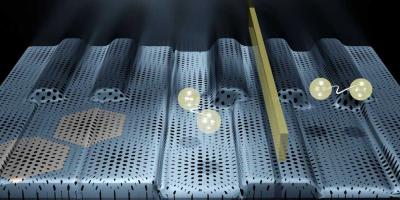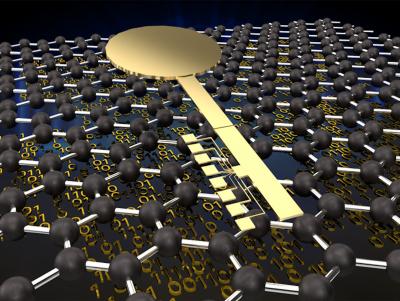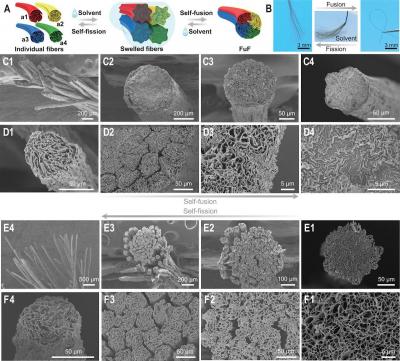Researchers at ETH Zurich, led by Klaus Ensslin and Thomas Ihn at the Laboratory for Solid State Physics, have succeeded in turning specially prepared graphene flakes either into insulators or into superconductors by applying an electric voltage. This technique is even said to work locally, meaning that in the same graphene flake regions with completely different physical properties can be realized side by side.
 The material keyboard realized by the ETH Zurich researchers. Image by ETH Zurich/F. de Vries
The material keyboard realized by the ETH Zurich researchers. Image by ETH Zurich/F. de Vries
The material Ensslin and his co--workers used is known as Magic Angle Twisted Bilayer Graphene. The starting point for the material is graphene flakes - the researchers put two of those layers on top of each other in such a way that their crystal axes are not parallel, but rather make a magic angle of exactly 1.06 degrees. That’s pretty tricky, and we also need to accurately control the temperature of the flakes during production. As a result, it often goes wrong, explains Peter Rickhaus, who was involved in the experiments.





